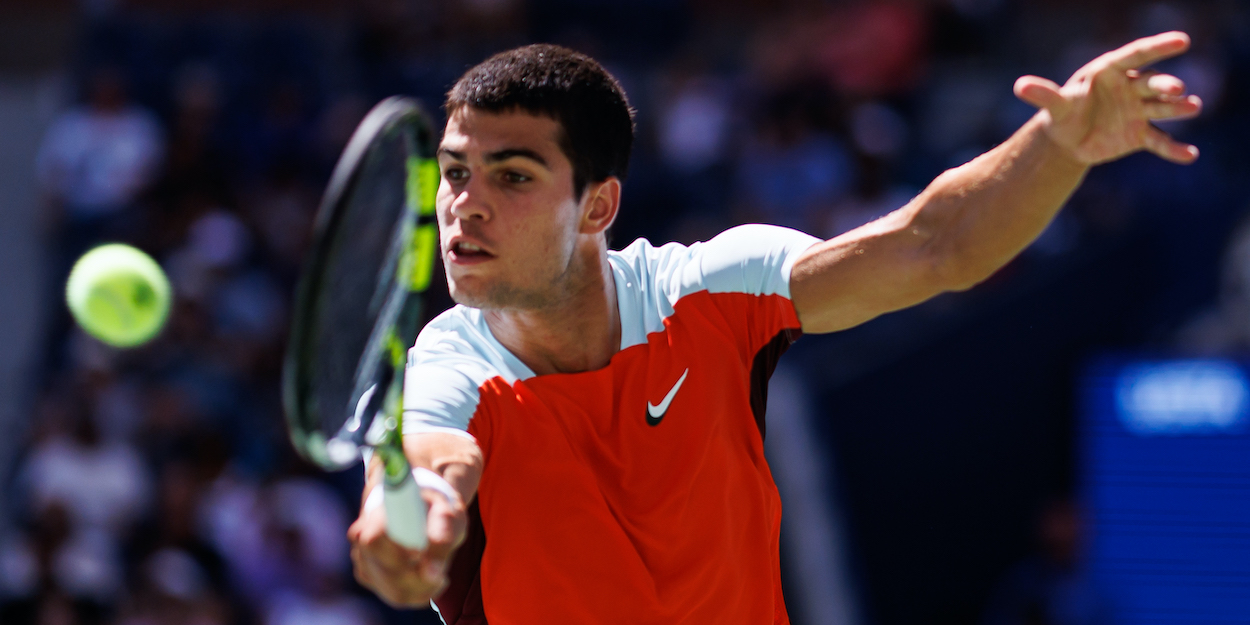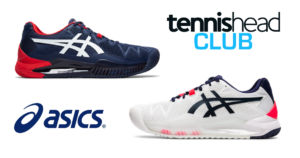
Serve and volley – The perfect tactic?
Tennis players have heard it pretty much since the turn of the century: serve and volley is dead.
But Craig O’Shannessy of Brain Game Tennis claims that could not be further from the truth. Moreover, he backs up his claims from solid data at the highest level. So allow Tennishead to summarise for you why serve and volley has the potential to be your secret weapon.
Serve and volley – The data
Of course, the simplest argument claiming that serve and volley is dead comes from its decline among the elite. People point out how percentage of serve and volley points has fallen from around 50% to less than 10% in the modern game.
“There’s something wrong with that argument,” suggests O’Shannessy. “You’re just looking at one column. The second column is win percentage.”
O’Shannessy compiled statistics from every year of Wimbledon between 1997 and 2017. And, as serve and volley percentages drop, the win percentage for those points stays around 65%.

Moreover, breaking down the three main strategies when serving, O’Shannessy found something even more intriguing. Those three strategies are 1) Remaining at the baseline 2) Approaching to finish at the net and 3) Serve and volley.
Throughout the years 2002 to 2017, serve and volley remained the most lucrative strategy in terms of success, not once dropping below a 65% win percentage.

“We, as a tennis industry globally, have given up on serve and volley, whilst serve and volley has never ever given up on us,” explains O’Shannessy, adding: “I highly encourage you to add serve and volley to your game, even if you’re just using it as a surprise package.
“Every single player, men, women, boys, girls, please add serve and volley into your repertoire.”
Granted, serve and volley may seem risky. As O’Shannessy admits, it is a strategy you must commit to before you even know if you really have the upper hand.
But to that he O’Shannessy says: “All too often we muddy the water with varied opinions about serve and volley.
“Let’s not make that mistake again here. Let.The.Numbers.Speak.For.Themselves.”
Action summary
- Use it to:
- Wrestle ownership of the net from your opponent
- Freak your opponent out and disrupt their concentration
- Keep your opponent constantly guessing
- Put away floated returns of serve
- Use the scoreboard – Do it when you are 40-0 up or 0-40 down.
- It’s a great alternative when things are not working – Don’t lose a match without trying it!
 For free access to Craig O’Shannessy’s complete courses on ‘25 Golden Rules of Singles‘ and ‘25 Golden Rules of Doubles‘, join thousands of other keen amateur tennis players and become a member of the Tennishead Club. Once you join we’ll immediately send you ground breaking coaching advice, a welcome pack including a full ASICS head to toe outfit including shoes, plus loads more. And it costs as little as £65/$97 to join with membership benefits worth over £600/$700 per year!
For free access to Craig O’Shannessy’s complete courses on ‘25 Golden Rules of Singles‘ and ‘25 Golden Rules of Doubles‘, join thousands of other keen amateur tennis players and become a member of the Tennishead Club. Once you join we’ll immediately send you ground breaking coaching advice, a welcome pack including a full ASICS head to toe outfit including shoes, plus loads more. And it costs as little as £65/$97 to join with membership benefits worth over £600/$700 per year!
 Craig O’Shannessy is the creator of Brain Game Tennis. For 20 years he’s been involved in tennis as a coach to players like Kevin Anderson and even Dustin Brown when he famously beat Rafa Nadal at Wimbledon. More recently Craig’s been working as a match analyst at Wimbledon and for the ATP Tour. He has also used the unique insights from his match analysis software dartfish to guide players such as Novak Djokovic with analysis of opponents and performances.
Craig O’Shannessy is the creator of Brain Game Tennis. For 20 years he’s been involved in tennis as a coach to players like Kevin Anderson and even Dustin Brown when he famously beat Rafa Nadal at Wimbledon. More recently Craig’s been working as a match analyst at Wimbledon and for the ATP Tour. He has also used the unique insights from his match analysis software dartfish to guide players such as Novak Djokovic with analysis of opponents and performances.
Visit BrainGameTennis.com to read the latest and best selling course ‘Getting Tight’ where Craig teams up with Jeff Greenwald to combine their specific skill sets to help you with the universal problem all players struggle with in matches.
? Free >> Join our legendary newsletter
? Join >> Receive $700/£600 of tennis gear from the Tennishead CLUB
? Social >> Facebook, Twitter, Instagram & YouTube
? Read >> World’s best tennis magazine
? Watch >> How to enjoy ATP/WTA/Slam tennis on TV
? Shop >> Lowest price tennis gear from our trusted partner


